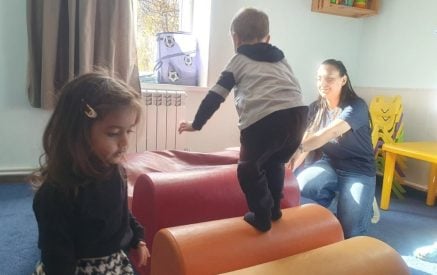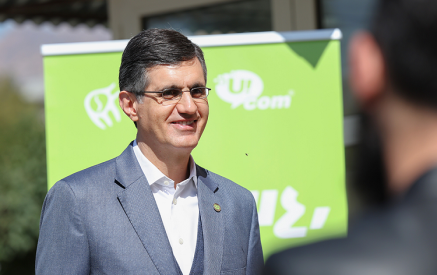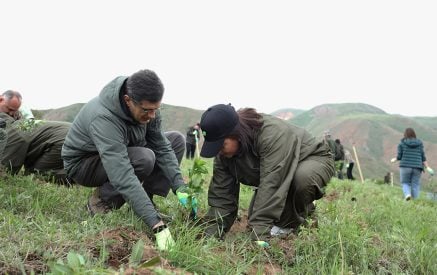More than three decades, the village of Aghanjadzor in Vayots Dzor region was deprived of an outdoor electricity. The residents were forced to adapt to the living in the dark conditions.
For more than three decades there was no external lighting in Aghnjadzor village of Vayots Dzor region. Residents had to adapt to living conditions in the dark. Viva-MTS and the Foundation for the Preservation of Wildlife and Cultural Assets (FPWC) supported the community in creating a completely new street lighting infrastructure. The first phase of the project was implemented here in 2019. 38 LED floodlights were installed: the main street of the village and the Martuni-Getap interstate highway (1450 m) were illuminated.
The second phase of the introduction of the energy-saving system using new technologies was at the end of 2022. As a result, 43 LED lights were installed, and a 1550-meter long street was illuminated. By the end of the project in Aghanjadzor, 81 LED floodlights were installed and 3,000 m of roads were illuminated in total.
Read also
The use of environmentally friendly and energy-saving LED lights is cost-efficient for communities with modest budgets: the energy cost is significantly reduced, easing the financial burden of the village owing to the saved funds. Unlike other lamps, LED lamps are more efficient and durable, they provide high brightness and can last much longer, consuming 80% less power.
The aspiration of partner organizations to ensure sustainable development in remote regions is becoming realistic. For the young generation, such programs are an important incentive to live in their place of birth and to see a perspective of development.
As a result of the cooperation between Viva-MTS and the Foundation for the Preservation of Wildlife and Cultural Assets (FPWC), more than AMD 120 million was invested in the development of infrastructure in various communities of Armenia in 2022.























































